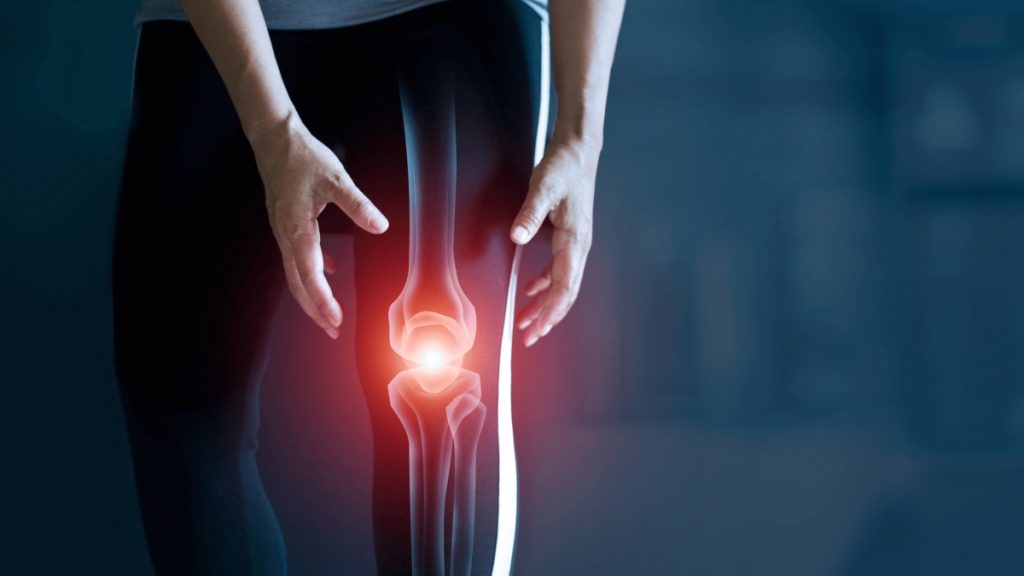Suffering from a bone or joint injury can be a painful and frustrating experience. Whether it’s a broken bone, a sprained joint, or a more serious condition like arthritis, recovering from such injuries requires time, patience, and the right approach. In this article, we’ll explore some effective strategies for bouncing back from bone and joint injuries and regaining mobility and strength.
Understanding Bone and Joint Injuries
Bone and joint injuries can occur due to various reasons, including accidents, sports injuries, overuse, and age-related degeneration. From mild sprains and strains to more serious fractures and dislocations, these injuries can vary widely. Regardless of the severity, proper treatment and rehabilitation are essential for a full recovery.
Seeking Professional Care
The first step in recovering from a bone or joint injury is seeking professional care from a qualified bone and joint doctor. These healthcare providers may provide individualized treatment programs based on your unique requirements and injuries. They specialize in the diagnosis and treatment of musculoskeletal disorders.
Diagnosis and Treatment
A bone and joint doctor will evaluate you to determine the degree of your damage and suggest the best course of action. This might entail physical therapy, pain management strategies, immobilization with a cast or brace, or in certain situations, surgery. Promoting healing, reducing discomfort, and restoring function to the injured region are the objectives of therapy.
Rest and Recovery
Particularly in the initial phases of an injury, rest is an essential part of the healing process. Giving your body time to heal is essential for optimal recovery and prevents further damage. Depending on the severity of your injury, your bone and joint doctor may recommend temporary immobilization or restricted activity to facilitate healing.
Physical Therapy and Rehabilitation
For patients with bone and joint injuries, physical therapy is essential to the healing process. To assist in regaining the damaged area’s strength, flexibility, and mobility, a licensed physical therapist will create a personalized rehabilitation regimen. This may include therapeutic exercises, manual therapy techniques, and functional training to improve movement patterns and reduce the risk of re-injury.
Pain Management
Managing pain is an important aspect of recovering from bone and joint injuries. Your bone and joint doctor may prescribe pain medication or recommend non-pharmacological pain management strategies such as ice therapy, heat therapy, or transcutaneous electrical nerve stimulation (TENS) to help alleviate discomfort and improve your overall comfort level during recovery.
Gradual Return to Activity
As your injury heals and your strength and mobility improve, your bone and joint doctor will guide you through a gradual return to activity. Paying attention to your body’s signals and moving at a safe and comfortable speed are crucial. Returning too quickly to demanding activities might impede the healing process and raise the chance of re-injury.
Lifestyle Modifications
In some cases, lifestyle modifications may be necessary to support long-term recovery and prevent future injuries. In order to prevent injuries during physical exercise, one should wear supportive footwear, maintain a healthy weight, and adopt appropriate body mechanics and ergonomics.
Conclusion
Recovering from a bone or joint injury requires patience, commitment, and a comprehensive approach to rehabilitation. By seeking professional care, following a personalized treatment plan, prioritizing rest and recovery, participating in physical therapy, managing pain effectively, gradually returning to activity, and making lifestyle modifications as needed, you can bounce back better from bone and joint injuries and regain your quality of life. Remember to consult with a bone and joint doctor for guidance and support throughout your recovery journey.




